There are many postcards on the Internet from old Aden under British control. Photographers in Aden were not immune to the Orientalist gaze on the curious and the bizarre.
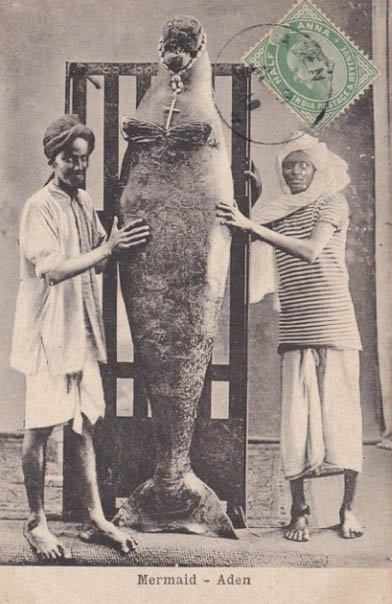
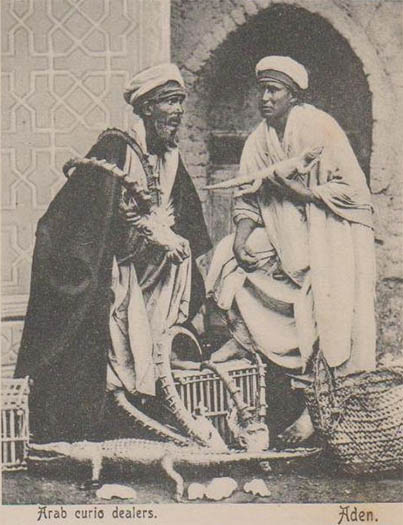
to be continued… for #15, click here.
There are many postcards on the Internet from old Aden under British control. Photographers in Aden were not immune to the Orientalist gaze on the curious and the bizarre.


to be continued… for #15, click here.

MessyNessy has put a page about the Marsh Arabs with some fabulous pictures. Check it out here.
It was Iraq’s ‘Garden of Eden’; unique wetlands in southern Iraq where a people known as the Ma’dan, or ‘Arabs of the marsh’, lived in a Mesopotamian Venice, characterised by beautifully elaborate floating houses made entirely of reeds harvested from the open water.

Check out the nicely illustrated online article by Kuwaiti ethnomusicologist Ghazi Al-Mulaifi on the music of pearling in the Arabian Gulf.
‘All the men died at sea,’ Ghazi Al-Mulaifi’s grandfather would respond, every time his inquisitive grandson questioned him about his days as the master of a Kuwaiti pearling ship during the 1930s and 1940s. Naturally, his grandfather’s ambiguity only served to exacerbate the young Al-Mulaifi’s interest. ‘Who was this grandpa-captain of mine, who didn’t want to talk to me about the sea?’
he wondered.
As Al-Mulaifi – now a 37 year old PhD candidate in ethnomusicology at New York University – became more and more interested in music as he grew older, he found himself increasingly drawn to one particular aspect of the Kuwaiti pearl diving tradition – its soundscape. For the whole article and illustrations, click here.
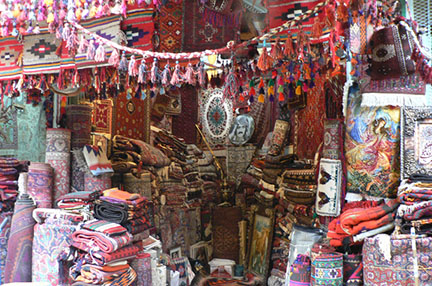
It is getting harder for Iraqi-Kurdish vendors to find stock of genuine Kurdish handicrafts [Lara Fatah/Al Jazeera]
by Lara Fatah, Al Jazeera, April 20, 2014
Erbil, Iraq – In the heart of the ancient city of Erbil, capital of the Iraqi Kurdistan region, stands the Erbil citadel, or Qalat, as it is known locally. A walk along the city walls, which are currently under restoration, brings people to one of the region’s gems: the Kurdish Textile Museum.
It is here that the lost art of weaving and handicrafts is being re-taught. Shereen Fars Hussan, one of 40 women trained in weaving at the museum since 2009, sits quietly in the building’s cool upper interior as her colleagues chatter with pride at having learned these traditional skills.
Hussan, 30, remembers how she used to watch her grandmother weave carpets and kilims (tapestry-woven carpets). “She would tell us stories about the old ways of life in Kurdistan, how she would weave carpets with the patterns that her own grandmother and mother had taught her from childhood, but war and genocide meant that she couldn’t pass on the skills to my mother and me,” Hussan told Al Jazeera.
VIDEO: Kulajo – My heart is darkened Continue reading Unravelling culture in Iraq’s Kurdish region

In 1981, during a trip to Egypt, I bought the old multi-volume Cairo edition of the mother of all Arabic dictionaries: al-Zabidi’s Taj al-‘Arus. It took up an entire suitcase and was so heavy that I paid the porter extra. As I arrived home, the handle broke and the books spilled in the landing of my home. Those were the days when most Arabic books had to be physically bought in the Middle East and carried home in luggage. Books that used to be accessible only in major libraries are often available online today. If one is patient just about any classic Arabic text from the past is available online. Some are pdf scans, where there is a treasure trove at archive.org and 4.shared.com. It is usually best to search these sites in Arabic. But even a ouja-board Google search in Arabic can yield full texts.

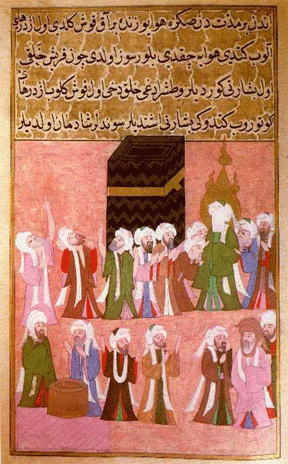
Mohammed at the Kaaba. Miniature from the Ottoman Empire, c. 1595. Source: The Topkapi Museum, Istanbul
Folk Astronomy and Islamic Ritual
Astronomy was relevant to Muslims in large part because of several of the ritual duties proscribed in the Quran and Islamic tradition. The three most important of these are determining the beginning of the fasting month of Ramadân, reckoning the times for the five daily prayers, and determining the proper direction of the qibla or sacred direction toward Mecca. While Muslim astronomers later worked out mathematical solutions to some of these problems, correct timing and orientation could be achieved by those untrained in astronomy and with virtually no computation skills beyond simple arithmetic (King 1985:194). Continue reading Tabsir Redux: Islamic Folk Astronomy, #3
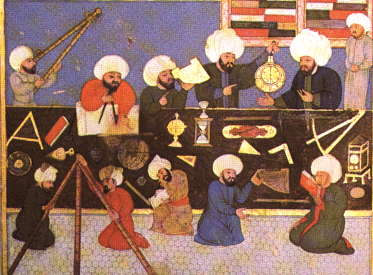
Time Reckoning
Era means a definite space of time, reckoned from the beginning of some past year, in which either a prophet, with signs and wonders, and with a proof of his divine mission, was sent, or a great and powerful king rose, or in which a nation perished by a universal destructive deluge, or by a violent earthquake and the sinking of the earth, or a sweeping pestilence, or by intense drought, or in which a change of dynasty or religion took place, or any grand event of the celestial and the famous tellurian miraculous occurrences, which do not happen save at long intervals and at times far distant from each other. Al-Bîrûnî (1879:16)
Time is relative. Given the modern world’s reliance on formalized calendars and machines that define time for us, it is easy to forget that the expansion of Islam occurred at a time when telling time was not dependent on a formal science of astronomy. How time is measured is not only a practical issue but also reflective of the desired interval of duration and the precision in defining it. Simple observation of the sun rising and setting, as well as its location, can easily yield calendars to determining hours, days, months and years. Similarly, the moon’s phases made it a useful measure for the Islamic lunar calendar. Observations of movements by the stars, as well as the planets, also provided practical ways of measuring units of time both short and long. Continue reading Tabsir Redux: Islamic Folk Astronomy, #2
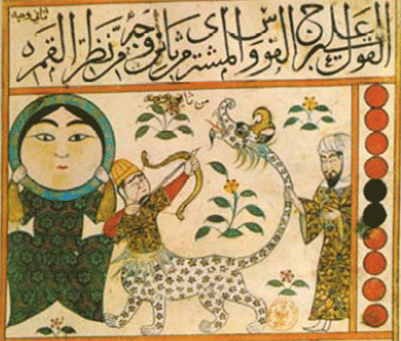
from Ibn Balkhi’s manuscript on astronomy, 850 CE
It was He that gave the sun his brightness and the moon her light, ordaining her phases that you may learn to compute the seasons and the years. He created them only to manifest the truth. He makes plain His revelation to men of understanding. Yûnus 10:9 (Dawood 1968:64)
When the Quran was revealed in seventh century Arabia as the basis for Islam, references were made to the sun, moon and stars as evidence of the creative power and practical foresight of God. The idea that God, or a particular god or goddess, had created the visible heavens was not unique. Creating stories about astronomical phenomena is as old as the first civilizations that appeared in the ancient Near East. Some of these survived, in highly edited variants, in the scriptures of Judaism and Christianity. As Muslim science evolved, a variety of religious and scientific knowledge from classical Greek texts, as well as Zoroastrian and Hindu sources, was encountered. While the influence of these classical and textual traditions on Islamic astronomy has been the focus of much previous study on the history of Islamic science, little attention has been paid to the oral folk traditions of peoples who embraced Islam. How ordinary Muslims viewed the same heavens visible to educated scientist or illiterate shepherd is the subject of this chapter. For practical reasons the focus here will be on the Middle East, especially the textual information on the pre-Islamic Arabs of the Arabian Peninsula and contemporary tribal groups in the region.
What is Islamic Folk Astronomy?
It is unfortunate that many times the idea of “folk astronomy†is understood mainly by what it is not. Continue reading Tabsir Redux: Islamic Folk Astronomy, #1